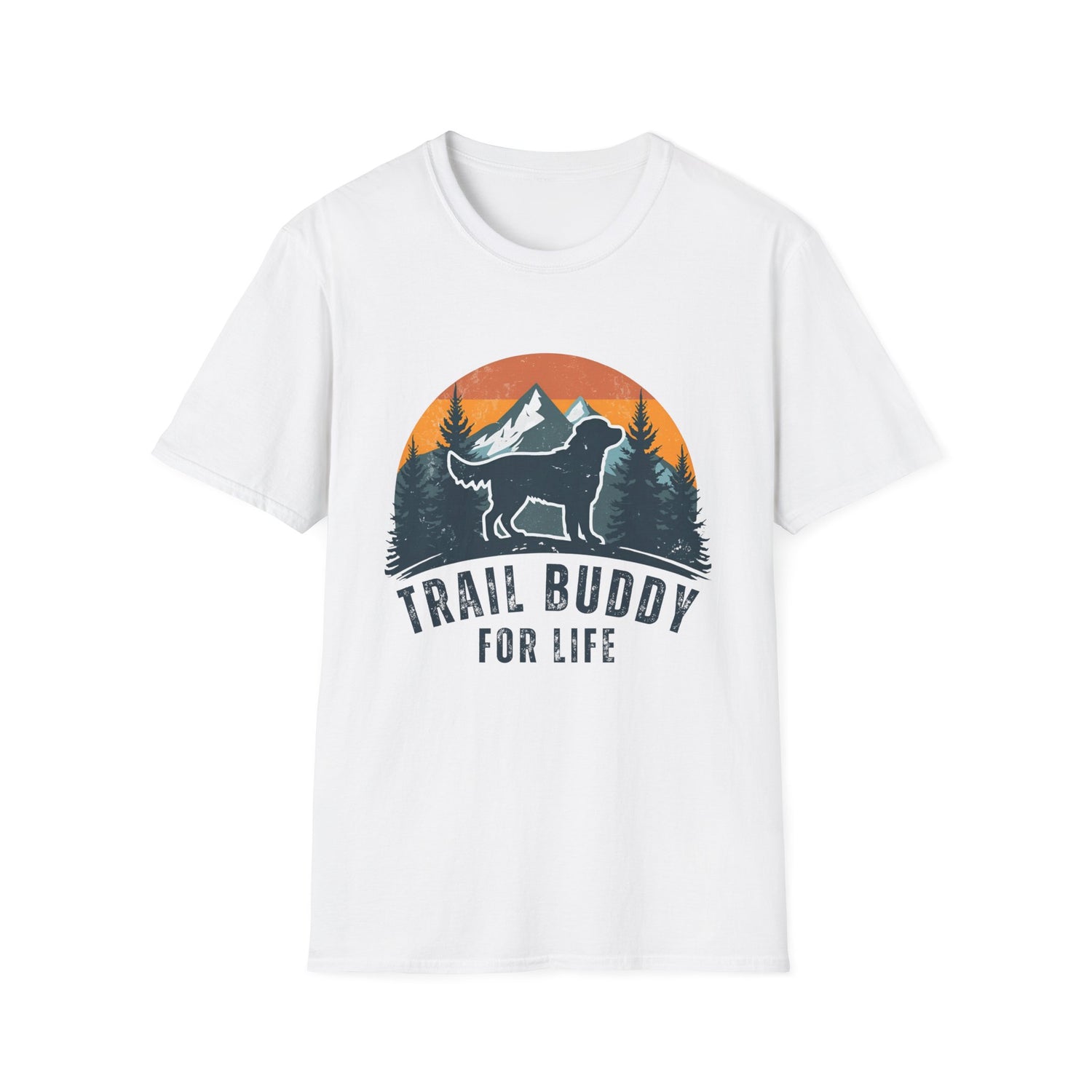How to Hike With Your Dog on a Long Line
Share
For many dog owners, one of the scariest parts of hiking with a young or inexperienced dog is the thought of letting them off leash. Puppies and adolescent dogs—especially those who haven’t yet built a strong bond with their handler—can easily wander off, chase wildlife, or get lost. Even adult dogs with strong personalities can sometimes choose curiosity over recall.
That’s where the long line comes in. A long line gives your dog the freedom to explore while keeping them safely under your control. It’s the perfect balance between safety and adventure—a way to practice trail manners and recall without risking your dog’s safety or your peace of mind.
What Is a Long Line and Why Use One?
A long line is a leash typically ranging from 5 to 15 meters (16–50 feet). It’s not retractable, not fancy, and not high-tech—it’s usually just a strong, durable strap or rope with a clip. But don’t let the simplicity fool you: this is one of the most valuable training tools for any dog owner who wants to hike safely.
Why it’s better than a retractable leash (flexi):
- No constant tension. A long line lies on the ground, so the dog doesn’t feel that pull-and-snap effect of retractables.
- Safer for both dog and owner. Flexi leashes can burn skin, injure hands, or snap suddenly (Rover.com). Long lines spread pressure more safely.
- Trainer-approved. Professional trainers overwhelmingly recommend long lines for recall work and safe exploration (Dog Gear Review).
💡 Extra Tip: Avoid retractable leashes in natural environments. They’re designed for sidewalks, not trails, and often create more problems than they solve.
How to Use a Long Line Safely on the Trail
Using a long line requires some skill and attention. It’s not just about clipping it on and hoping for the best—done right, it becomes a tool for freedom, connection, and training.
Key principles for safe use:
-
Let it slide on the ground.
Allow the leash to drag lightly so your dog feels freedom of movement. This way, if they ignore your call, you can step on the line to stop them without chasing. -
Be mindful of snags.
Long lines can catch on tree roots, rocks, or brush. Always scan the terrain, and never let the line wrap around your dog’s legs—or your own. -
“Winch back” if needed.
If your dog bolts toward something, don’t jerk them back suddenly. Instead, use the length of the line to gradually reel them in—just like a winch. This keeps it safe for their body and for your arms. -
Harness, not collar.
A sudden stop on a neck collar can cause trachea or neck injuries. Always use a harness designed for walking or hiking (All Pets Education and Training). -
Avoid cliffs and drop-offs.
Long lines and heights don’t mix. On steep or rocky trails, switch back to a short leash for safety.
💡 Extra Tip: Wearing gloves can save your hands from rope burns when managing the line on rough ground.
Practical Tips for First-Time Users
If you’ve never hiked with a long line before, here’s how to get started:
- Choose the right material. Nylon can be strong but heavy when wet; biothane is lightweight, waterproof, and easy to clean.
- Pick the right length. 5–10 meters (16–30 feet) is usually plenty for trail hikes. Longer lines are better for open fields.
- Start slow. Don’t give your dog the full line right away. Let them get used to gradually having more freedom.
- Stay alert. Long lines require active handling—you’ll need to anticipate obstacles and keep an eye on your dog’s path.
- Keep sessions short at first. Young dogs tire mentally from new tools. Start with shorter hikes to build confidence.
💡 Extra Tip: Attach the line to a harness with a back clip. Avoid attaching to the front clip on a no-pull harness—it can tangle easily.
Training With a Long Line
The beauty of a long line is that it doubles as a training tool. Every hike becomes an opportunity to build recall, attention, and connection.
- Reward every return. Any time your dog comes back—whether you called them or not—mark it with praise, food, or play. This makes “checking in” natural.
- Build reliable recall. Call your dog from short distances at first, then increase gradually. If they ignore you, use the line to gently reel them in and still reward them when they arrive.
- Mix rewards. Don’t rely only on food. Use enthusiastic verbal praise, petting, or a favorite toy. Dogs respond best when recall feels like a party.
As Thriving Canine explains: “The long line is the bridge between control and trust—it allows dogs to learn recall safely, without risking their freedom.”
💡 Extra Tip: Avoid punishing your dog when they come back slowly. Even if it took longer than you wanted, coming back should always be rewarding.
Common Mistakes to Avoid
- Treating the long line like a retractable. Don’t keep constant tension—let your dog explore freely.
- Letting the line wrap around ankles. This can cause injury to both you and your pup. Always manage slack actively.
- Using a collar instead of a harness. Sudden stops can be dangerous.
- Too much freedom too soon. Give your dog small wins—start short before trusting them with full range.
Want More Step-by-Step Training?
This post is part of our Trail Training 101 series, where we cover essential skills for safer, happier hikes with your dog.
If you’d like in-depth guides—including treat luring, step-by-step recall methods, and how to move from long line to off leash—join the Barking Hiker newsletter.
👉 Scroll down to the bottom of the page to join our newsletter and never miss new tips or collections.
Final Thoughts
The long line is one of the most underrated tools for adventure dog owners. It gives your pup freedom, builds trust, and keeps both of you safe while exploring the trail together.
- Young dogs who aren’t ready for off leash adventures? Safe.
- Owners who worry about recall? Supported.
- Dogs who love to explore? Free to do so, without the risk.
Remember: safety first, reward every return, and never hike alone.
👉 Ready for your next adventure? Check out our Barking Hiker tees and wear your adventure proudly on the trail.

